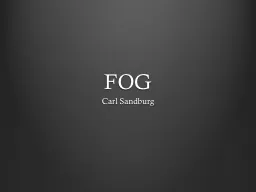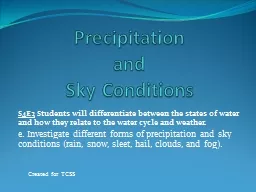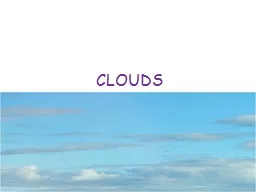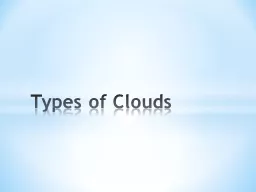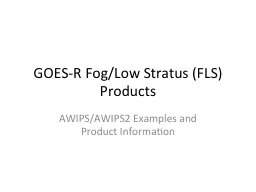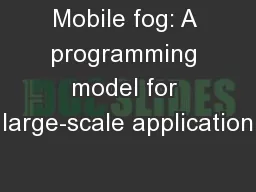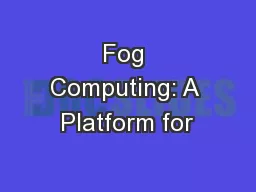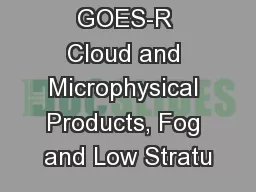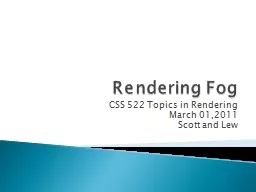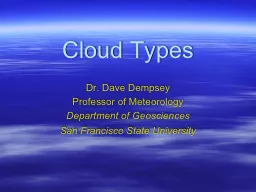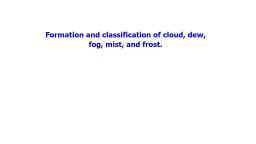PPT-GOES-R Cloud and Microphysical Products, Fog and Low Stratus
Author : jane-oiler | Published Date : 2019-06-21
Andy Heidinger Michael Pavolonis NOAA STAR Patrick Minnis NASA Langley Research Center Andi Walther Scott Lindstrom University of WisconsinMadison CIMSS Cooperative
Presentation Embed Code
Download Presentation
Download Presentation The PPT/PDF document "GOES-R Cloud and Microphysical Products,..." is the property of its rightful owner. Permission is granted to download and print the materials on this website for personal, non-commercial use only, and to display it on your personal computer provided you do not modify the materials and that you retain all copyright notices contained in the materials. By downloading content from our website, you accept the terms of this agreement.
GOES-R Cloud and Microphysical Products, Fog and Low Stratus: Transcript
Download Rules Of Document
"GOES-R Cloud and Microphysical Products, Fog and Low Stratus"The content belongs to its owner. You may download and print it for personal use, without modification, and keep all copyright notices. By downloading, you agree to these terms.
Related Documents


